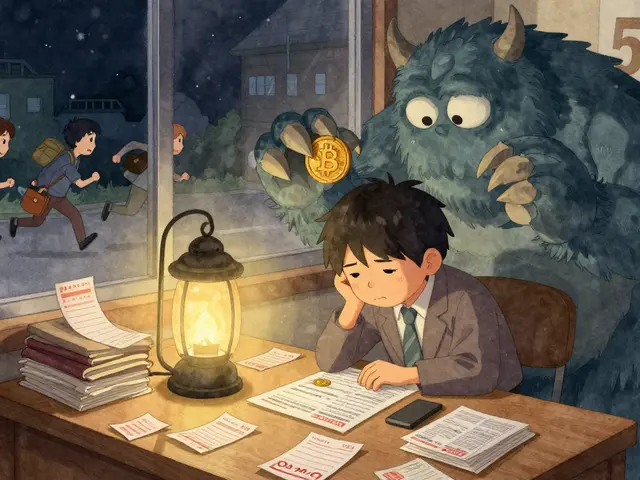GameFi Airdrop Guide: Spot, Claim, & Stay Safe
When working with GameFi airdrop guide, a practical resource that explains how GameFi token drops work and how to claim them safely. Also known as GameFi airdrop tutorial, it helps players navigate play‑to‑earn rewards. If you’re new to the space, the term might sound fuzzy, but the idea is simple: developers hand out free tokens to boost adoption. Below we unpack the core ideas, why they matter, and what to watch out for.
Why GameFi Airdrops Matter
GameFi, the blend of gaming and decentralized finance that lets you earn crypto while you play has exploded in the last two years. Projects use airdrop, a distribution method where free tokens are sent to eligible wallets to attract players, seed liquidity, and create buzz. The relationship is clear: a robust airdrop can jump‑start a GameFi ecosystem, while a weak one leaves the game unnoticed. This guide shows how the two interact and how you can benefit.
At the heart of every airdrop is a play-to-earn, game mechanic that rewards in‑game actions with real crypto assets. When developers launch a new title, they often reward early adopters with a batch of tokens that can be traded or used in‑game. GameFi airdrop guide emphasizes that understanding the play‑to‑earn loop helps you evaluate whether a token has real utility or is just hype.
One common misconception is that any airdrop is automatically valuable. The truth is that token economics play a huge role. Look at the token’s supply, vesting schedule, and real‑world use cases. If a token is designed solely for speculation, its price can crash once the initial hype fades. By checking the tokenomics—total supply, circulating supply, and utility—you can gauge long‑term potential.
Safety is another essential piece. Scammers love to mimic legit airdrops, often posting fake claim links that steal private keys. Always verify the source: official project Discord, Twitter, or website. Use a fresh wallet address that holds no assets, and never share your seed phrase. Tools like Blockscan or Etherscan let you inspect the contract code before clicking anything.
Community signals also matter. Active Discord channels, frequent AMAs, and transparent development roadmaps indicate a committed team. Projects that engage users and provide clear milestones tend to maintain value longer. Conversely, ghost projects disappear after the airdrop, leaving token holders with worthless dust.
To claim an airdrop, follow a simple checklist: 1) Ensure you meet eligibility (hold a certain token, complete a quest, etc.). 2) Connect a secure wallet to the official claim portal. 3) Verify the contract address on a block explorer. 4) Confirm the transaction cost is reasonable—many airdrops require only a small gas fee. 5) Record the transaction hash for future reference.
Finally, keep an eye on post‑airdrop activities. Some projects lock a portion of the airdropped tokens and release them gradually to prevent price dumps. Others may require staking or liquidity provision to unlock full benefits. Understanding these follow‑up steps can turn a one‑time windfall into a steady income stream.
With these insights, you’re ready to dive into the list of GameFi airdrop articles below. You’ll find detailed breakdowns of specific token drops, safety tips, and step‑by‑step claim guides that match the principles we just covered.
CYT (Coinary) Dragonary Airdrop Explained - How to Claim, Tokenomics & Competitive Outlook
Learn how to claim the CYT airdrop from Dragonary's BSC GameFi Expo, understand its tokenomics, compare it to other GameFi drops, and see what the future holds.





